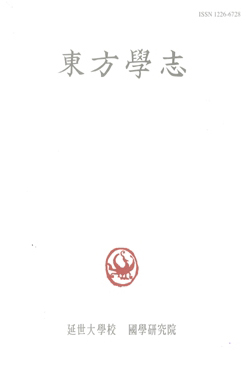1920년대 소련 연해주의 고려인 농업협동조합
Koryo People's Agricultural Cooperative in Primorsky Krai, Soviet Union, 1920s
- 연세대학교 국학연구원
- 동방학지
- 제210집
-
2025.031 - 32 (32 pages)
-
DOI : 10.17788/dbhc.2025..210.001
- 18

일제하 해방후 농업개혁론은 민족해방운동과 새로운 국가건설의 핵심내용이었다. 당시 조선인들이 사회주의 농업개혁의 모습을 알 수 있던 통로의 하나가 소련령 연해주였다. 1923년 연해주가 소련국가에 편입되면서 빈농과 중농중심의 농업개혁이 시작되었다. 촌소비에트가 설치되었고, 농민에게 토지가 분배되었으며, 협동조합 지원체계가 정비되었다. 농업협동조합은 소규모의 농업협동조합부터 빨치산부대와 이주민들의 집단농장, 코뮌으로 시작하는 경우까지 다양하고 빠르게 설립되어 갔다. 농민들은 기계화된 대농경영체제와 러시아식 사회주의 생활문화에 적응해갔다. 그렇지만 1920년대 농업협동화의 비율은 낮았고, 차별적 지원정책에 따라 협동조합 간 경영의 격차는 컸다. 1927년 전면적 협동화정책은 농업협동화의 성과가 안정되지 않은 상황에서 실시되었다. 이에 소련정부는 부농층을 폭력적 사회적 배제를 통해 전면적 집단화를 추진해갔다. 이로 인해 조선인들은 사회주의 농업개혁을 폭력적 집단농장화로 이해하게 되었다.
One of the channels through which Koreans under Japanese colonial rule could learn about the socialist agricultural reform was Primorsky Krai Province. Starting in 1923, when Primorsky Krai was incorporated into the Soviet Union, agricultural reform centered on poor and middle farmers began. Village soviets were established, land was distributed to farmers, and a cooperative support system was established. Agricultural cooperatives of Koryo peoples were established quickly and in a variety of forms, from small-scale agricultural cooperatives to collective farms of partisan units and immigrants, and communes. Farmers adapted to the mechanized large-scale agricultural management system and the Russian-style socialist lifestyle. However, the rate of agricultural cooperatives in the 1920s was low, and the management gap between cooperatives was large due to discriminatory support policies. The total collectivization policy of 1927 was implemented in a situation where the results of agricultural cooperatives were unstable. The Soviet government pursued the total collectivization through violent social exclusion of the wealthy peasant class. Due to this experience, Koreans came to understand the socialist agricultural reform as violent collectivization.
1. 머리말
2. 사회주의 농업개혁론의 현장 연해주
3. 1920년대 연해주 농업협동조합의 다각적 전개
4. 사회주의 농업집단화와 주민생활의 변화
5. 맺음말
(0)
(0)